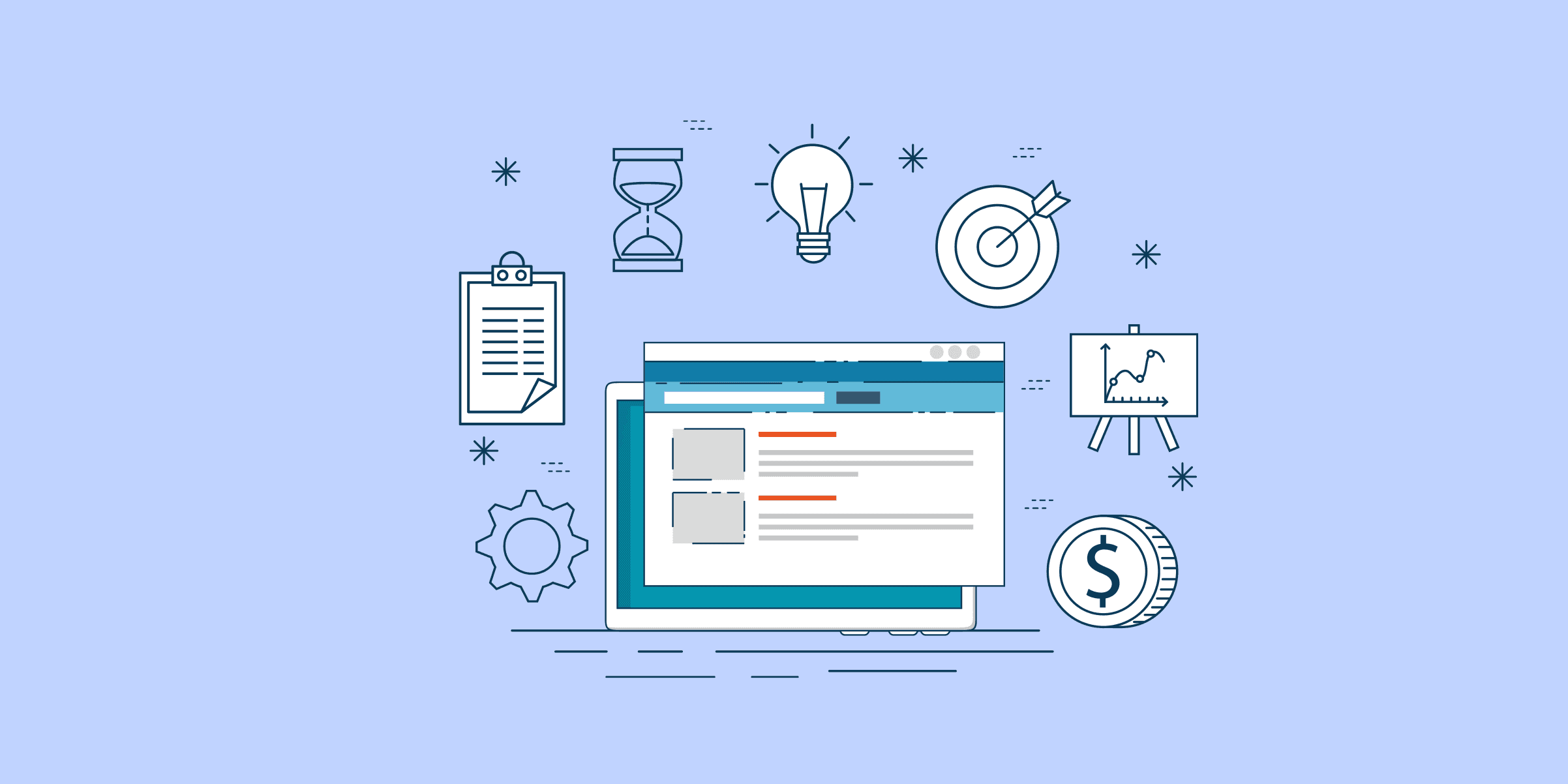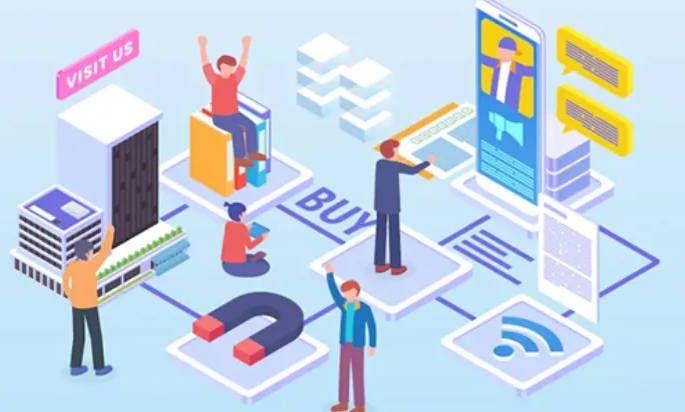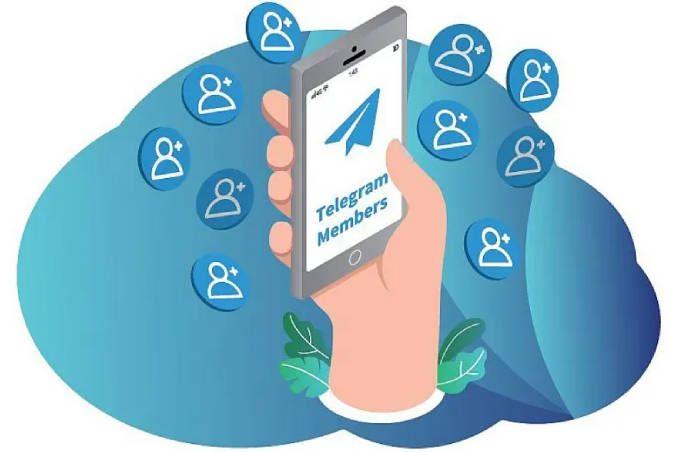10 Benefits That Explain the Importance of CRM in Banking
The banking industry is undergoing a digital transformation, and customer relationship management (CRM) systems are at the forefront of this change. By providing a centralised platform for customer data, interactions, and analytics, CRMs empower banks to deliver personalised and efficient services, fostering customer loyalty and driving business growth. We’ll look closer at the significance of CRM in banking, exploring its numerous benefits, addressing challenges in adoption, and highlighting future trends and innovations. Additionally, we present a compelling case study showcasing a successful CRM implementation in the banking sector.
10 Questions to Ask When Choosing a CRM in Banking
When selecting a top CRM platform for your banking institution, it is necessary to carefully evaluate potential solutions to ensure they align with your specific requirements and objectives. Here are 10 key questions to ask during the selection process:
1. Does the CRM integrate with your existing, financial and banking organisation and systems?
A seamless integration between your CRM and existing banking systems is essential to avoid data silos and ensure a holistic view of customer interactions. Look for a CRM that can easily integrate with your core banking system, payment platforms, and other relevant applications.
2. Can the CRM provide a 360-degree view of your customers?
A CRM should offer a unified platform that consolidates customer data from various touchpoints, including online banking, mobile banking, branches, and contact centres. This enables bank representatives to access a complete customer profile, including account information, transaction history, and past interactions, resulting in more personalised and efficient customer service.
3. Does the CRM offer robust reporting and analytics capabilities?
Leverage the power of data by selecting a CRM that provides robust reporting and analytics capabilities. This will allow you to analyse customer behaviour, identify trends, and gain actionable insights into customer needs and preferences. Look for a CRM that offers customisable reports, dashboards, and data visualisation tools to empower your bank with data-driven decision-making.
4. Is the CRM user-friendly and easy to implement?
A user-friendly interface is essential for ensuring that your bank’s employees can effectively utilise the CRM. Consider the technical expertise of your team and opt for a CRM with an intuitive design, clear navigation, and minimal training requirements. Additionally, evaluate the implementation process to ensure it can be completed within your desired timeframe and budget.
What is a CRM in the Banking Industry?
Customer relationship management (CRM) is a crucial technology for banks to optimise customer service, improve operational efficiency, and drive business growth. A CRM system acts as a centralised platform that empowers banks to manage customer interactions, track customer information, and analyse customer data. By leveraging CRM capabilities, banks can also gain deeper insights and a larger understanding of their customers’ needs, preferences, and behaviours, enabling them to deliver personalised and exceptional banking experiences.
CRM in banking fosters stronger customer relationships by facilitating personalised interactions. With a CRM system, banks can capture and store customer data, including personal information, transaction history, and communication preferences. This data enables bank representatives to have informed conversations with customers, addressing their specific needs and providing tailored financial solutions. Personalised interactions enhance customer satisfaction, loyalty, and overall banking experience.
CRM enhances operational efficiency and productivity within banks. By automating routine tasks such as data entry, customer service ticketing, and report generation, banking CRM software streamlines workflows and reduces manual labour. This automation allows bank employees to focus on higher-value activities, such as customer engagement and financial advisory services. Furthermore, CRM provides real-time access to customer information, enabling employees to quickly retrieve and update customer data, thereby enhancing operational efficiency.
Additionally, CRM empowers banks to analyse customer data and derive valuable insights. With robust reporting and analytics capabilities, banks can identify customer segments, analyse customer behaviour, and measure campaign effectiveness. This data-driven approach enables banks to make informed decisions, optimise marketing strategies, and develop targeted products and services that cater to specific customer needs.
CRM also plays a vital role in risk management and compliance within the banking industry. By integrating customer data with regulatory requirements, banks can effectively monitor transactions, detect suspicious activities, and mitigate fraud risks. This ensures compliance with industry regulations and safeguards customer information.
In summary, CRM is a transformative technology that revolutionises banking operations. By fostering personalised customer experiences and interactions, enhancing operational efficiency, enabling data-driven decision-making, and ensuring risk management, CRM empowers banks to deliver superior customer service, drive business growth, and maintain a competitive edge.
The 10 Business Benefits of Using a Banking CRM
1. Streamlined Customer Interactions: CRMs enable banks to centralise customer data, providing a holistic view of each customer’s interactions with the bank. This allows for streamlined and personalised customer service, improving customer satisfaction and reducing the time and effort required to resolve customer queries.
2. Enhanced Data Management and Analytics: CRMs provide powerful data management capabilities, enabling banks to collect, store, and analyse customer data from various sources. This data can be leveraged to gain valuable insights into customer behaviour, preferences, and buying patterns. Banks can then use these insights to optimise their products, services, and marketing strategies.
3. Increased Sales and Cross-Selling Opportunities: CRMs help banks identify cross-selling and upselling opportunities by analysing customer data and identifying customer needs and preferences. By leveraging this information, banks can proactively recommend relevant products and services, increasing sales and revenue.
4. Improved Customer Retention and Loyalty: CRMs help banks build stronger customer relationships by enabling personalised interactions and providing excellent customer service. By understanding customer needs and preferences, banks can proactively address issues and provide tailored solutions, fostering customer loyalty and reducing churn.
5. Enhanced Regulatory Compliance and Risk Management: CRMs assist banks in complying with industry regulations and managing risks effectively. By centralising customer data and tracking customer interactions, banks can easily generate reports and demonstrate compliance with regulatory requirements. CRMs and other banking software programs also help in identifying and managing potential risks associated with customer transactions.
6. Improved Operational Efficiency: CRMs streamline various banking processes, including customer onboarding, loan processing, and account management. By automating repetitive tasks and providing real-time access to customer information, CRMs help banks improve operational efficiency and reduce costs.
7. Increased Employee Productivity: CRMs provide banking employees with easy access to customer data and real-time updates, enabling them to handle customer inquiries more efficiently. This reduces the time spent on administrative tasks and allows employees to focus on providing exceptional customer service.
8. Improved Decision-Making: CRMs provide banks with data-driven insights into customer behaviour and market trends. This information supports informed decision-making, enabling banks to develop and implement effective strategies for customer acquisition, retention, and growth.
9. Enhanced Customer Experience: CRMs help banks deliver a superior customer experience by providing personalised interactions, proactive problem resolution, and quick response to customer inquiries. This results in increased customer satisfaction and positive brand perception.10. Increased Profitability: By leveraging the benefits of CRM systems, banks can optimise their operations, increase sales, and reduce costs, ultimately leading to increased profitability and long-term success for financial service customers.
Case studies highlighting successful CRM implementations in banking
Several financial institutions have successfully implemented CRM systems to enhance their operations and customer service. Here are a few notable case studies:
DBS Bank: DBS Bank, a leading financial institution in Southeast Asia, implemented a CRM system to improve customer service and cross-selling opportunities. The system provided a 360-degree view of customers, enabling the bank to tailor products and services to individual needs. As a result, DBS Bank increased customer retention by 15% and cross-selling opportunities by 20%.
HDFC Bank: India’s largest private sector bank, HDFC Bank, implemented a CRM system to improve customer service and operational efficiency. The system integrated various customer touch points, such as branches, ATMs, and online banking, providing a seamless experience for customers. HDFC Bank achieved a 20% reduction in operating costs and a 15% increase in customer satisfaction.
JPMorgan Chase: JPMorgan Chase, one of the largest banks in the United States, implemented a CRM system to improve customer interactions and data management. The system provided a centralised platform to track customer interactions and data, allowing the bank to gain insights into customer behaviour and preferences. As a result, JPMorgan Chase increased customer interactions by 15% and improved data accuracy by 20%.
Bank of America: Bank of America, the second-largest bank in the United States, implemented a CRM system to improve sales and cross-selling opportunities. The system provided sales teams with real-time customer data, across sales and marketing efforts enabling them to tailor their pitches and identify potential cross-selling opportunities. Bank of America achieved a 10% increase in sales and a 15% increase in cross-selling opportunities.These case studies demonstrate the tangible benefits of CRM in the banking industry. By implementing CRM systems, banks can improve customer retention, customer service, cross-selling opportunities, operating costs, and marketing campaigns.
Overcoming challenges to CRM adoption in banking
While CRM systems offer numerous benefits to banks, their adoption can be hindered by certain challenges. One of the primary obstacles is resistance from employees who may be reluctant to embrace new technology or fear job displacement. Overcoming this resistance requires effective change management strategies, such as involving employees in the selection and implementation process, providing all-encompassing training, and addressing their concerns.
Another challenge is the lack of proper training and support for employees using the CRM system. Insufficient training can lead to low user adoption and suboptimal utilisation of the system’s features. To address this, banks should invest in robust training programs that equip employees with the knowledge and skills necessary to effectively use the CRM system. Training should cover not only the technical aspects of the system but also its benefits and how it aligns with the bank’s overall goals.
Integration challenges can also hinder the successful adoption of CRM software in banking. Banks often have complex IT systems and integrating a new CRM system can be a complex and time-consuming process. To overcome these challenges, banks should carefully plan the integration process, ensuring compatibility between the CRM system and existing systems. This may involve working with the CRM vendor to ensure a smooth integration process and providing adequate technical support to address any issues that arise.
Data security is a critical concern for banks, and the adoption of a CRM system must address potential security risks. Banks must ensure that the CRM system meets industry standards and regulations for data protection. This includes implementing robust security measures, such as encryption, access controls, and regular security audits, to safeguard sensitive customer information.
Finally, the cost of implementing and maintaining a CRM system can be a challenge for banks. CRM systems require significant upfront investment in software, hardware, and training. Banks should carefully evaluate the costs and benefits of CRM adoption, ensuring that the potential returns justify the investment. Additionally, banks should consider the ongoing costs associated with maintaining and updating the CRM system, as well as the cost of providing ongoing training and support to users.
Future trends and innovations in banking CRM
Navigating Evolving Banking Trends and Innovations in CRM
The banking industry stands at the precipice of transformative changes, driven by a surge of innovative technologies and evolving customer expectations. Open banking, artificial intelligence (AI), blockchain technology, the Internet of Things (IoT), and voice-activated interfaces are shaping the future of banking CRM.
Open banking is revolutionising the financial sphere by enabling banks to securely share customer data with third-party providers, with the customer’s explicit consent. This fosters a broader financial ecosystem, offering customers access to a varied range of products and services, while fostering healthy competition and innovation within the banking sector.
AI has become an indispensable tool for banking institutions, empowering them to deliver exceptional customer experiences. AI-driven chatbots and virtual assistants provide round-the-clock support, assisting customers with queries, processing transactions, and ensuring swift problem resolution. Additionally, AI plays a pivotal role in fraud detection and risk management, safeguarding customers’ financial well-being.
Blockchain technology, with its decentralised and immutable nature, offers a secure platform for financial transactions. By maintaining an incorruptible ledger of records, blockchain ensures the integrity and transparency of financial data, building trust among customers and enhancing the overall banking experience.
The Internet of Things (IoT) is transforming banking by connecting physical devices to the internet, enabling real-time data collection and exchange. IoT devices monitor customer behaviour, track equipment status, and manage inventory, empowering banks to optimise operations, reduce costs, and deliver personalised services.
Voice-activated interfaces and chatbots are revolutionising customer interactions, providing convenient and intuitive access to banking services. Customers can utilise voice commands or text-based chat to manage accounts, make payments, and seek assistance, enhancing their overall banking experience.
These transformative trends necessitate banks’ ability to adapt and innovate continuously. By embracing these technologies and aligning them with customer needs, banks can unlock new opportunities for growth, strengthen customer relationships, and remain at the forefront of the industry.
How LIKE.TG Can Help
LIKE.TG is a leading provider of CRM solutions that can help banks achieve the benefits of CRM. With LIKE.TG, banks can gain a complete view of their customers, track interactions, deliver personalised experiences, and more. LIKE.TG offers a comprehensive suite of CRM tools that can be customised to meet the specific needs of banks. These tools include customer relationship management (CRM), sales and marketing automation, customer service, and analytics.
By leveraging LIKE.TG, banks can improve customer satisfaction, increase revenue, and reduce costs. For example, one bank that implemented LIKE.TG saw a 20% increase in customer satisfaction, a 15% increase in revenue, and a 10% decrease in costs.
Here are some specific examples of how LIKE.TG can help banks:
Gain a complete view of customers: LIKE.TG provides a single, unified platform that allows banks to track all customer interactions, from initial contact to ongoing support. This information can be used to create a complete picture of each customer, which can help banks deliver more personalised and relevant experiences.
Track interactions: LIKE.TG allows banks to track all interactions with customers, including phone calls, emails, chat conversations, and social media posts. This information can be used to identify trends and patterns, which can help banks improve their customer service and sales efforts.
Deliver personalised experiences: LIKE.TG allows banks to create personalised experiences for each customer. This can be done by using customer data to tailor marketing campaigns, product recommendations, and customer service interactions.
Increase revenue: LIKE.TG can help banks increase revenue by providing tools to track sales opportunities, manage leads, and forecast revenue. This information can be used to make informed decisions about which products and services to offer, and how to best target customers.
Reduce costs: LIKE.TG can help banks reduce costs by automating tasks, streamlining processes, and improving efficiency. This can free up resources that can be used to focus on other areas of the business.
Overall, LIKE.TG is a powerful CRM solution that can help banks improve customer satisfaction, increase revenue, and reduce costs. By leveraging LIKE.TG, banks can gain a competitive advantage in the rapidly changing financial services industry.






















